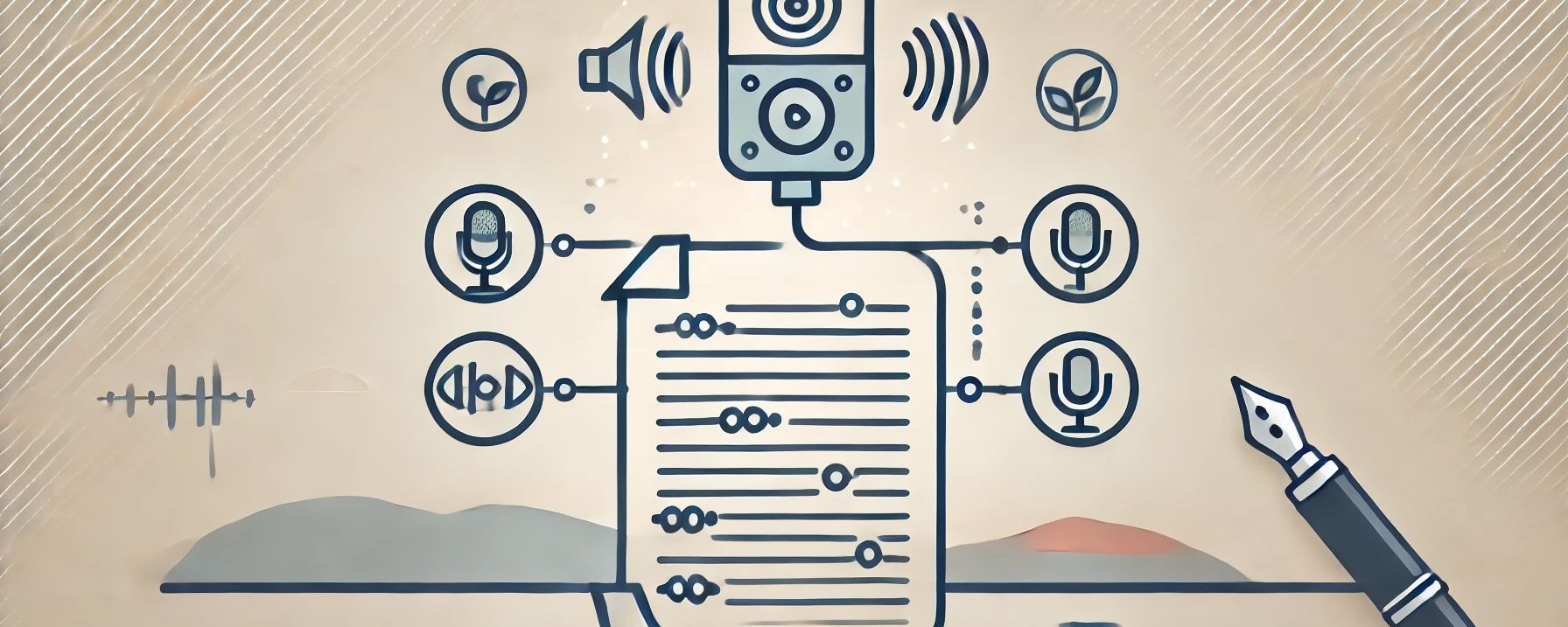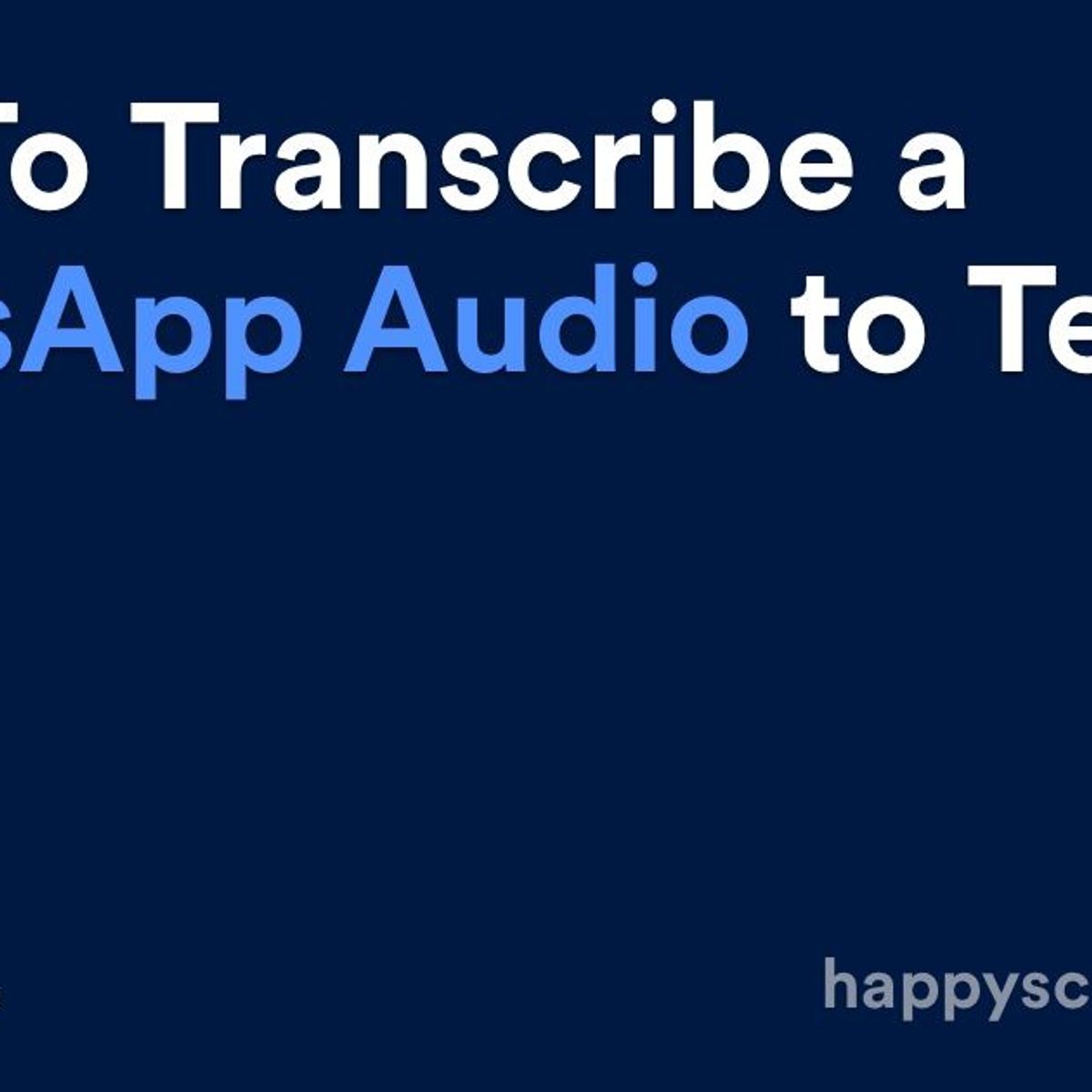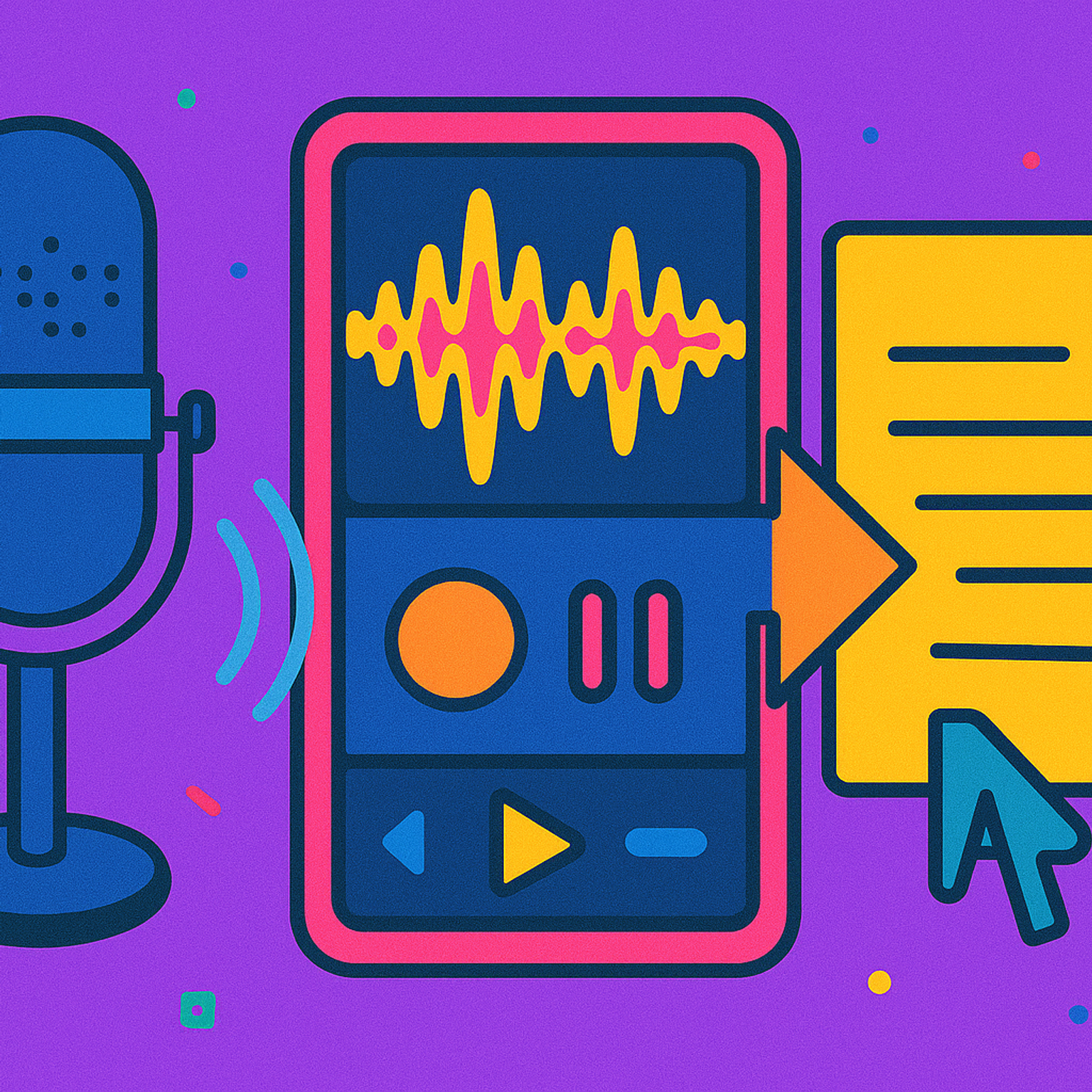Verbatim vs. edited transcription: Which one do you need?

When deciding between edited and verbatim transcription, the choice ultimately depends on how you intend to use the transcribed material. If you need a precise record of every spoken detail, verbatim transcription would be the best option. If the focus is on the main ideas and clarity, edited transcription is likely the way to go. You can try transcription tools like HappyScribe to learn how both work.
What is verbatim and edited transcription?
Before delving into the specifics of the types of transcription you might need, it's essential to understand the basic differences between verbatim and edited transcription. Essentially, these are two methods of converting spoken language into written text, but the way they handle the nuances of speech differs significantly.
Verbatim transcription
Verbatim transcription is a word-for-word representation of the recorded material. It includes every single detail, such as filler words (um, uh, like, you know), false starts, repeated words, stutters, and even non-verbal communication like laughter or sighs. In other words, verbatim transcription captures the exact manner in which the words were spoken, which can be helpful in certain contexts where capturing the speaker's exact phrasing and emotions is important.
Edited transcription
Edited transcription, often referred to as intelligent or clean transcription, is a more polished version of the spoken content. It omits stutters, filler words, false starts, and other speech errors for clarity and conciseness. This method focuses on capturing the essence of the message rather than the exact words used. The result is a clean, easy-to-read text that maintains the speaker's intended message but removes the distractions and redundancies present in natural speech.

Major types of transcription
There are three main types of transcription from audio to text:
- Verbatim Transcription: Captures everything exactly as spoken, including filler words, pauses, and background sounds. Ideal for legal proceedings and interviews where exact wording is crucial.
- Edited Transcription: Focuses on clarity by removing filler words, false starts, and background noises. Commonly used for articles, reports, or content requiring readability.
- Intelligent Transcription: Retains the meaning but refines grammar and structure for conciseness and readability. Often used for business meetings, presentations, and educational content where clarity matters more than exact wording.

The advantages and disadvantages of verbatim transcription
Verbatim transcription is a detailed transcription method that involves capturing every single utterance from the audio or video recording. This includes not just the spoken words, but also non-verbal cues such as laughter, pauses, and filler words like 'um', 'uh', 'you know', and 'like'. Verbatim transcription is commonly used in legal settings, qualitative research, interviews, and other situations.
One of the main advantages of verbatim transcription is its accuracy. Accuracy provides a complete and authentic representation of the recorded conversation. This can be particularly useful in legal cases and qualitative research where the tone, pauses, and non-verbal cues can provide important context and information beyond the spoken words.
On the downside, verbatim transcription can be time-consuming and costly. It requires a highly skilled transcriber who can accurately capture every utterance and non-verbal cue. Additionally, because it includes filler words and other non-essential elements, verbatim transcription can result in long and sometimes difficult-to-read text.

The benefits and drawbacks of edited transcription
Edited transcription, also known as intelligent or clean verbatim transcription, offers a more refined and reader-friendly version of the original audio or video content. The primary benefit of edited transcription is its readability. Unlike verbatim transcription, which includes every word, pause, filler word, and stutter, edited transcription provides a cleaned-up version of the recording. It removes all unnecessary interruptions, repetitions, and non-verbal sounds, leaving behind a clear, concise, and easy-to-understand transcript. This is especially beneficial in situations where the content will be used for publication, presentation, or broad distribution.
Another advantage of edited transcription is efficiency. By eliminating superfluous elements, the transcriber can often produce the final transcript in less time. This can save you both time and money, especially if you are paying per minute of transcription. Furthermore, it can also make the content more accessible to people for whom English is a second language, as it removes colloquialisms and regional dialects.
However, edited transcription has its drawbacks. The most significant disadvantage is the potential loss of context or nuanced meaning. By removing filler words, stutters, and non-verbal sounds, the transcription may omit subtle cues about the speaker's emotional state or underlying message. For example, a pause or stutter may indicate uncertainty or hesitation, which is lost in the edited transcript.
Factors to consider when choosing between verbatim and edited transcription
When choosing between verbatim and edited transcription, several factors must be considered to determine the most suitable option for your specific needs. These factors include the purpose of the transcription, the intended audience, the importance of accuracy, and your budget.
The first consideration should be the purpose of the transcription. If you are conducting a legal investigation, for example, every single word, pause, and non-verbal communication can carry weight so a verbatim transcription would be the best choice. On the other hand, if you are transcribing a speech or interview to be published as a readable article, an edited transcription might be more appropriate because it can eliminate unnecessary repetitions, stutters, and fillers to improve readability.
The intended audience is another critical factor. If the transcription is intended for a professional audience that values accuracy and completeness, such as legal professionals or researchers, verbatim transcription is typically preferred. However, if the transcription is for a more general audience, such as blog readers or the general public, an edited transcript, which is more readable and concise, might be more appropriate.
Another important consideration is accuracy. Verbatim transcription is typically more accurate because it captures every single word, pause, and non-verbal communication. However, it's important to remember that accuracy only sometimes means readability. If you value readability over accuracy, an edited transcription would be the better choice.
Budget. Verbatim transcription typically costs more because it requires more time and effort to capture every detail. If you're working with a tight budget, edited transcription might be a more cost-effective option.
Frequently Asked Questions
What makes HappyScribe different from other audio to text tools?
HappyScribe offers both AI and human audio to text transcription in one platform, giving you control over speed vs. accuracy. Our interface is intuitive and packed with features like an online editor, speaker identification, timestamps, Ask AI and direct export to multiple formats (including subtitle files). We also support an extraordinary range of languages, more than many other services. Plus, our transparent pricing and free trial make us accessible to everyone from students to businesses.
Can I convert audio to text for free with HappyScribe?
Yes! HappyScribe offers a free trial for new users: your first 10 minutes of AI transcription are completely free. No credit card and no purchase necessary. This lets you experience our quality and speed first-hand. (If you need to transcribe more, you can upgrade to a paid plan or pay-as-you-go for longer audio, but there’s no obligation.)
What are the main ways to convert audio to text?
There are three main methods to do so; doing it yourself (DIY), using an automatic transcription software, or using a human transcription service. HappyScribe offers all three options. Manually converting your file to text is the free method, but also extremely time-consuming. Our automatic transcription software uses the state-of-the-art speech recognition technology to transcribe your audio in a few minutes up to 96% accuracy. Our human transcription service provides the highest accuracy rate and delivers in 24 hours.

Niek Leermakers
Niek is a former tech journalist who swapped his pen for a Google Analytics in 2015 account and has been working in content marketing ever since. He really loves writing for Happy Scribe about media localisation and AI!


